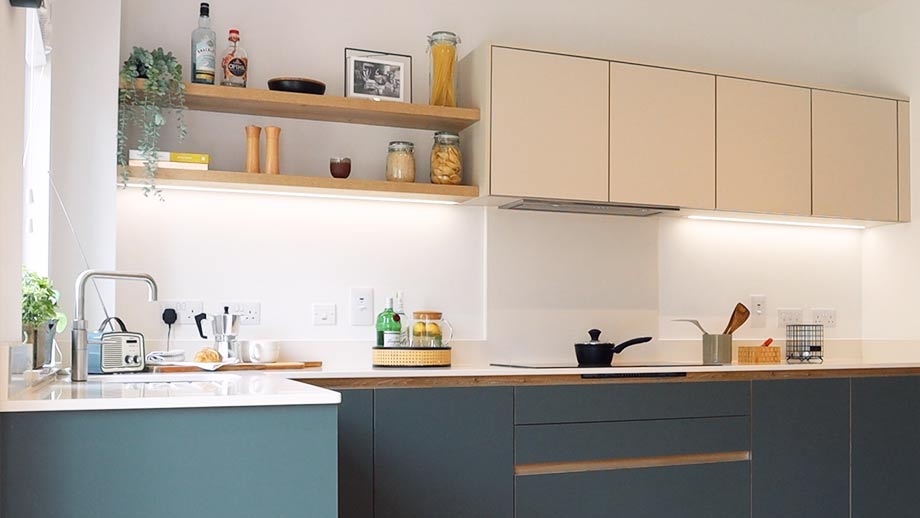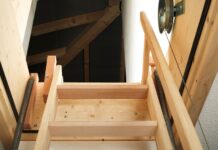Buying a new build property can be an exciting prospect, promising modern living and minimal maintenance. However, even the most carefully constructed new build homes can suffer from defects, and the kitchen is no exception. Snagging issues refer to the process of identifying and rectifying such defects before you settle into your new home. In this blog post, we’ll explore the top 9 common snagging issues that homeowners should look out for specifically in new build kitchens. From structural flaws to electrical and plumbing problems, we’ll equip you with the knowledge to ensure your kitchen is in perfect condition.
Structural Flaws Affecting Kitchen Functionality
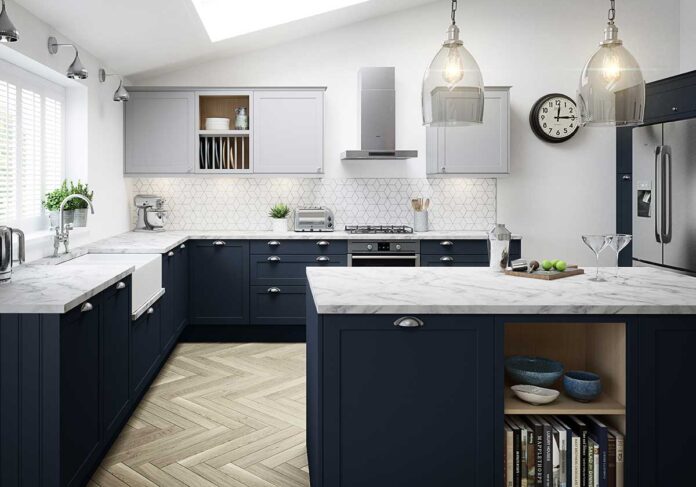
One of the primary concerns in new build kitchens is structural flaws that can hamper functionality. Keep an eye out for misaligned or poorly installed kitchen units, which could lead to uneven surfaces and difficulty in opening drawers or cabinets. Check if the walls are straight and flat, as any irregularities can create challenges during appliance installation or when fitting worktops. Additionally, inspect the floor for any sloping or unevenness that may impact the proper alignment of kitchen appliances and furniture.
Electrical Problems: Outlets, Switches, and Lighting
Electrical issues in the kitchen can pose safety hazards and inconvenience. During snagging inspection, thoroughly inspect all power outlets and switches to ensure they are properly installed and functioning correctly. Test the lighting fixtures to confirm that all switches control the designated lights and there are no flickering bulbs. Additionally, ensure that any electrical installations meet safety standards and are in compliance with local regulations to prevent potential fire hazards or electrical failures down the line.
Plumbing and Water-Related Concerns
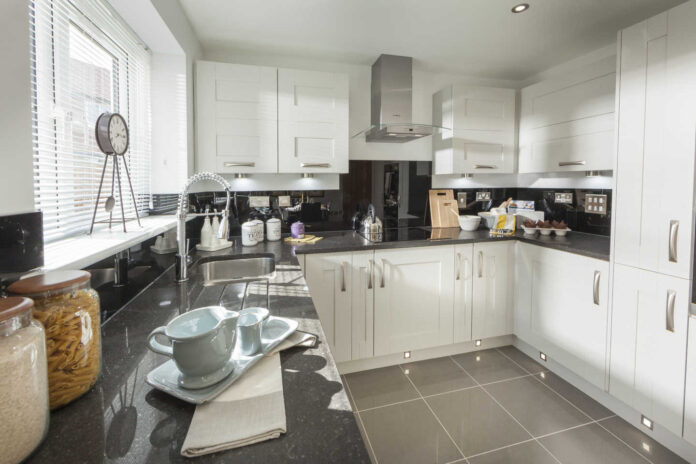
A leaky or malfunctioning plumbing system can quickly turn your dream kitchen into a nightmare. As part of snagging, check for any water stains or dampness around sinks, faucets, and dishwasher connections. Test the water pressure and temperature, making sure that both hot and cold water are readily available and functioning properly. Proper drainage is essential, so inspect the sink and dishwasher outlets for any blockages or improper installations that could lead to water pooling or inefficient drainage.
Cabinetry and Hardware Issues to Inspect Closely
The cabinetry and hardware are not only crucial for functionality but also contribute to the overall aesthetics. Examine the doors and drawers for alignment, ensuring they open and close smoothly. Look for any signs of chipping, scratching, or misfitting handles or knobs. Check if the hinges are secure and properly aligned. It’s also essential to inspect the materials used for the cabinetry to ensure they are of high quality, durable, and free from any defects that could impact their longevity.
Flooring Defects and Potential Hazards
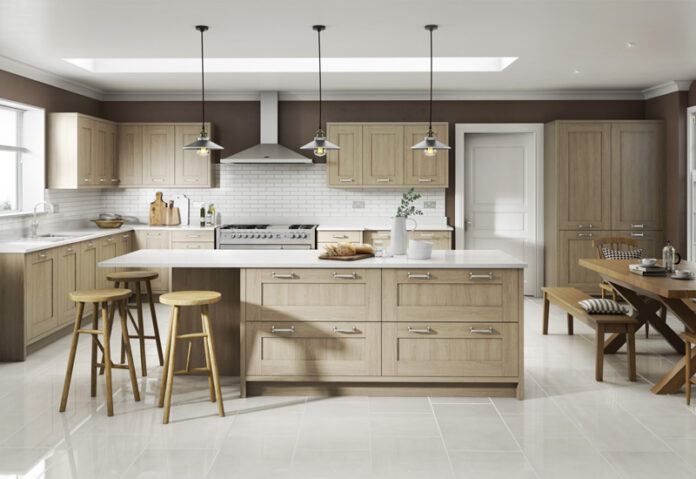
Flooring is subjected to heavy foot traffic, spills, and various stressors. As part of snagging, examine the floor for cracks, uneven tiles, or loose floorboards that could pose tripping hazards or affect the aesthetics. Waterproofing is crucial, so check for any signs of water damage or dampness that could compromise the flooring’s integrity over time. Properly sealed and installed flooring is essential for easy maintenance and a long-lasting kitchen.
Countertop Imperfections and Installation Errors
The kitchen countertop is the workhorse of the culinary space, and any imperfections or installation errors can cause significant issues. Inspect the countertops for cracks, chips, or uneven surfaces that could make food preparation difficult or lead to water seepage. Verify that the countertops are securely and correctly installed to avoid any accidental detachment or instability. Additionally, ensure that the chosen countertop material is suitable for kitchen use, resistant to stains, and able to withstand heat and sharp objects.
Common Paint and Finish Problems in Kitchens
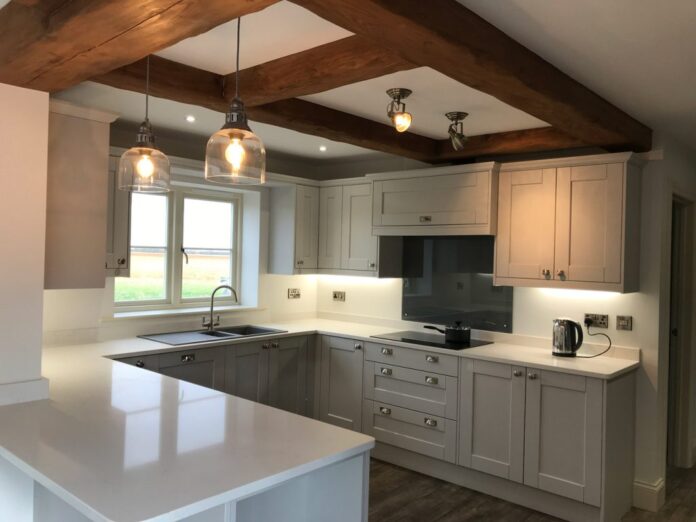
The kitchen’s paint and finishes contribute to its overall appearance and durability. Look out for any paint drips, bubbles, or uneven coating on walls, ceilings, and woodwork. Check for inconsistencies in color and finish, especially in areas where multiple contractors have worked. Properly finished surfaces are easier to clean and maintain, so ensure there are no areas with rough textures or inadequate finishing that could trap dirt and grease.
Appliance Malfunctions and Performance Checks
Kitchen appliances are significant investments, and ensuring they function correctly is vital. During snagging, thoroughly test all appliances, including ovens, stovetops, refrigerators, and dishwashers, to check for any malfunctions or performance issues. Confirm that the appliances are installed according to manufacturer guidelines and that all necessary connections, such as gas and electricity, are secure. Don’t forget to check the appliance warranty details and registration to ensure you’re covered in case of any defects or future repairs.
Ventilation and HVAC Issues for a Healthy Kitchen
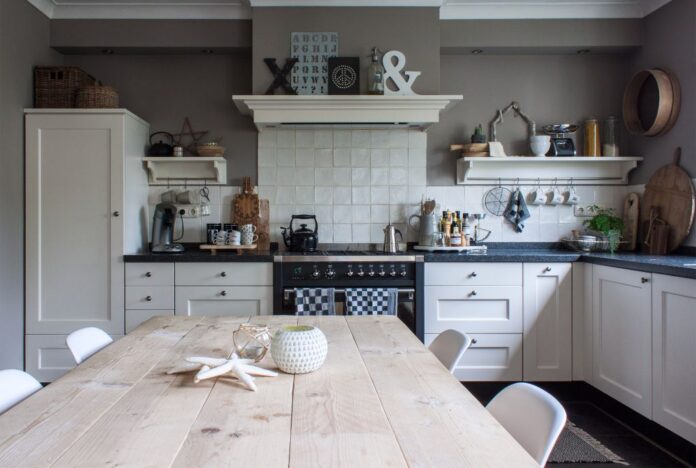
Proper ventilation is essential for a healthy kitchen environment, as it helps remove cooking odors, smoke, and excess moisture. As part of snagging, inspect the kitchen’s ventilation system, including range hoods and exhaust fans, to ensure they are functioning effectively. Check for any air leaks that could lead to drafts or energy inefficiencies. Additionally, test the heating, ventilation, and air conditioning (HVAC) system to ensure it can maintain a comfortable and consistent temperature throughout the kitchen.
Final Inspection Tips and Resolving Snagging Problems
When conducting the final snagging inspection, it’s essential to be thorough and meticulous. Take your time to inspect every aspect of the kitchen, from the floor to the ceiling, and keep a detailed list of any issues you find. Document everything with photographs and notes to present to the developer or builder for resolution. It’s common to encounter snagging issues in new build properties, but what sets developers apart is how they respond and resolve the problems. Be proactive in communicating with the developer to ensure that all issues are addressed and resolved promptly.
Conclusion
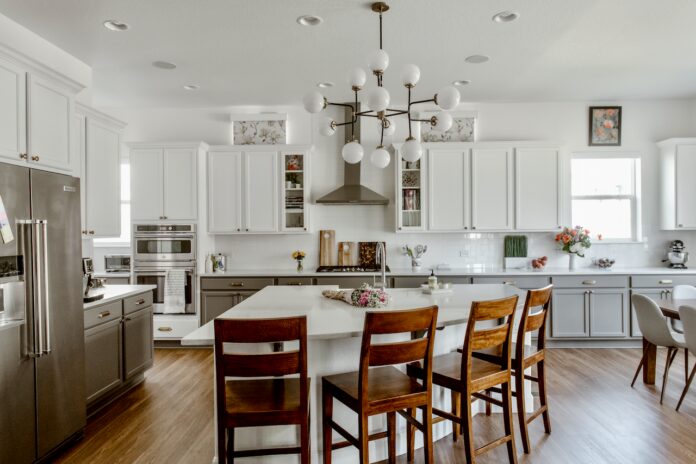
A new build kitchen should be a space that inspires culinary creativity and brings joy to homeowners. By being vigilant during the snagging process and looking out for these common issues, you can ensure your kitchen lives up to its full potential. From structural flaws to electrical, plumbing, and appliance concerns, each aspect plays a crucial role in creating a functional and aesthetically pleasing kitchen. Don’t hesitate to bring up any snagging issues you discover with the developer, as addressing them promptly will lead to a kitchen that truly becomes the heart of your new home.

